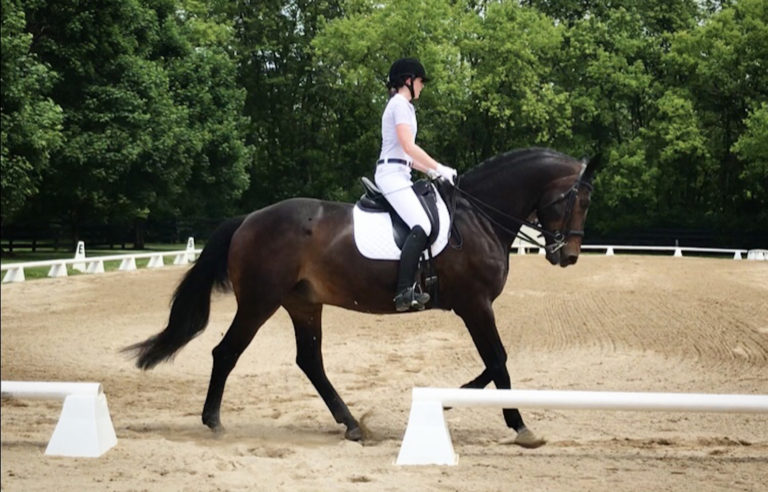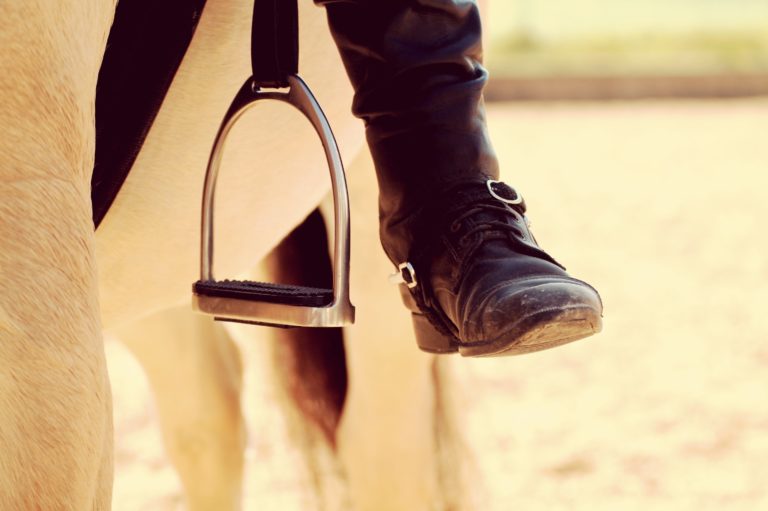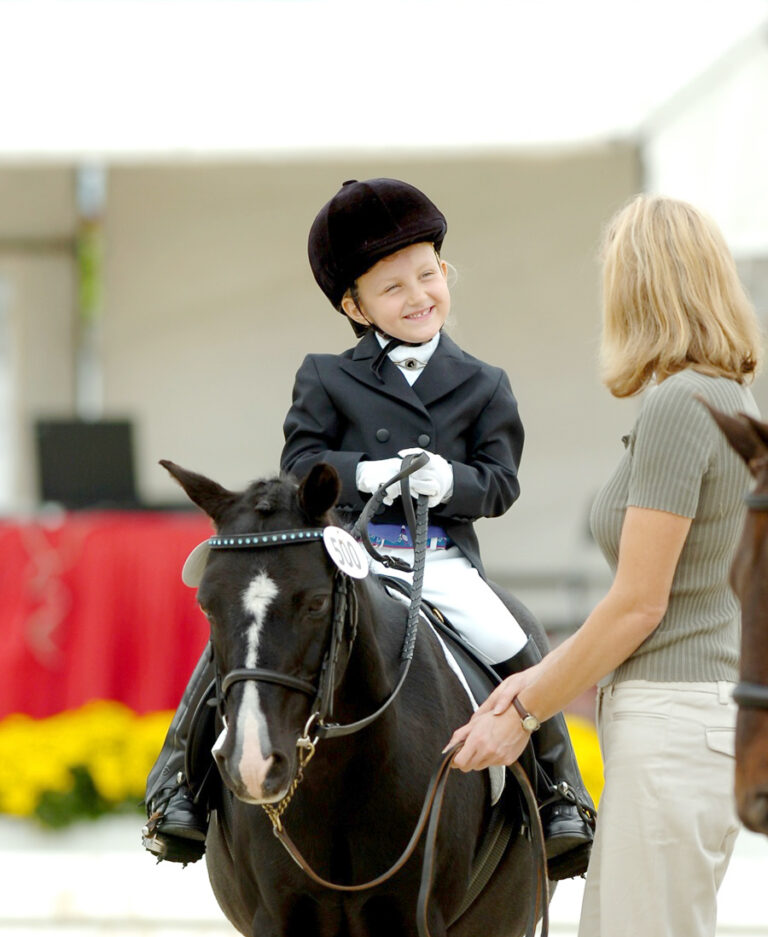This is a unique and challenging time for everyone around the world. For our equestrian community, COVID-19 has cancelled shows, postponed the 2020 Tokyo Olympics and closed barns, which prevents many of us from riding or even seeing our beloved horses. Perhaps it’s that last bit that hits the hardest.
To help all of us get through this scary and unprecedented time, we’ve asked our Dressage Today friends from around the globe to share with us how they’re coping so we can be reminded that we’re all in this together. We’ll hear from friends in Germany, Belgium, Portugal, the United Kingdom and beyond and hope this encourages you to share with the DT family your secrets to getting through this difficult time. We hope everyone is safe and healthy. Much love from all of us at Dressage Today. Click here to find all of the articles within the series so far.
In this article, we hear from longtime Dressage Today contributor Annie Morris, who is currently based in Portugal.
The arrival of COVID-19 in Portugal occurred after I had worked at a new barn in Portugal for a month. I work at a Riding Center in Cascais, Portugal, called Costa do Estoril. I have a variety of responsibilities that include coaching and training horses for a talented Junior and Young Rider, riding and training client horses and teaching lessons while also riding and training my own horse. With the arrival of the virus, the lesson school was paused but the riding and training went on. We allow a small number of owners into the farm who we do not get too close to on account of social distancing. My colleagues and I take care of the rest of the horses, and we’ve taken the opportunity to tune up some of the school horses. We have each other as eyes on the ground.

I feel extremely lucky to be able to go to work every day. To be happy, I must be physically moving and close to horses; with those two things restricted I don’t know what state I would be in. Here, everything has become quiet with fewer cars on the road and many businesses closed. Because our farm is located at the corner of an intersection in the town of Charneca, I see many more activities such as families walking in the parks, riding bikes on the road and a notable increase in people jogging. The atmosphere is peaceful. The lower rate of pollution makes the Atlantic Ocean, which is visible from the arena, and the sky, brilliant shades of teal, turquoise and blue.
For a naturally individualistic person such as myself, quarantine makes for a stunning opportunity to focus on my own riding and training improvement without distraction. Of course, to do this I must live in each moment, which is a necessity for working with horses to begin with. Anxieties or worries about possible economic collapse/apocalypse/etc. cannot join me at the barn. I find that not dwelling on these topics allows my mind to process them in a way that is more productive. I can give the animals and my fellow colleagues the attention and positive energy they deserve to enjoy each day, which we are all grateful for.
I will share with you some of my recent riding revelations. I hope you can ride yourselves and catch a few glimmers of improvement even with the routine change caused by COVID-19. If you are not able to ride, you can still visualize and plan your upcoming training and add some positive energy to what will happen in the future.
My Own Balance
Since every person is unique, and not necessarily symmetrical, I have been working on certain improvements that may or may not relate to your needs. However, the guidelines I use myself may help you in your quest to become a better rider.
I have been practicing yoga for many years, and I use what I feel during the practice to understand my own body’s patterns, strengths and weaknesses. COVID-19 has inspired me (by forcing me to stay at home on my day off) to spend a long time working through certain movements that I find challenging. I memorize the challenges and the successes for when I go to ride. During the normal week (even when COVID-19 was not an issue), I do shorter sessions of yoga in the mornings to warm up, check in and most importantly, to stretch my back to prevent it from becoming fatigued by the end of the week.
Here is an example of what I have recently discovered:
I know, from many years of lessons and seeing videos of myself riding, that my shoulders can become rounded and I use the strength in my arms and my chest on the reins. This is a bad habit, because it makes it impossible to connect the feeling from the reins down deeply into the seat. When I am at my mat, laying straight on my left side with my right knee bent and placed perpendicular in front of me, I lay my hands on my right knee. I take my right hand and draw an arc with my arm extended and my finger on the ground all the way over my head and behind my back down to the back of my thighs. I trace this arc back and forth several times, trying to find any restriction or difficult location to pass in the movement. If I am stumped, I stop and breathe, allowing the shoulder to relax and open. I do this on both sides and try to find symmetry and flexibility in my shoulders.
When I am riding, I can especially feel if I have achieved this symmetry on my mare, a 5-year-old Hanoverian (Franziskus x Bellisimo, and the love of my life). She is light, flighty and not as solid as some of the older horses I ride.
I start out making sure both of my shoulders are relaxed down and back. I feel the muscles between my shoulder blades engaged and the muscles in my chest relaxed. On the long side, I make it clear that my shoulders are parallel to my mare’s shoulders, and therefore perpendicular to the long side. I sometimes feel in myself a negative pattern to have my shoulders turned the slightest degree more to the left. This happens if my hips fall a tiny bit to the right, which is most likely on circles to the left. I ride straight down the long side and center myself perfectly so there is 50 percent of my weight on each side of the horse. When that is easy, I ride on the second track to make sure my seat is pointed straight. I focus to maintain this as I make the circles as well and many changes of direction and straight lines to keep myself aligned. When I am aligned, I can feel whether the horse is aligned underneath me and I use my aids to put her two hind legs evenly beneath me and to align her shoulders. Then, her back lifts and gives me the best feeling.












